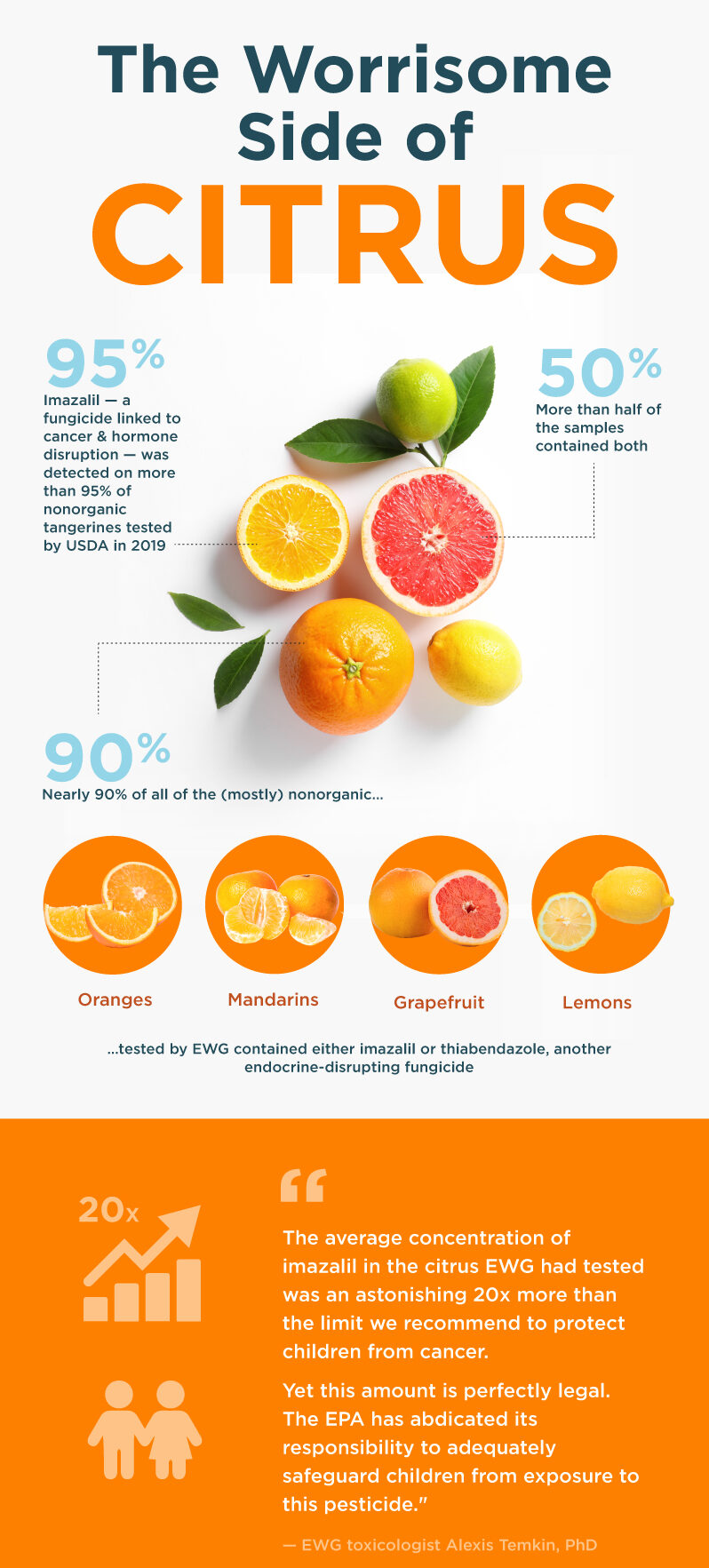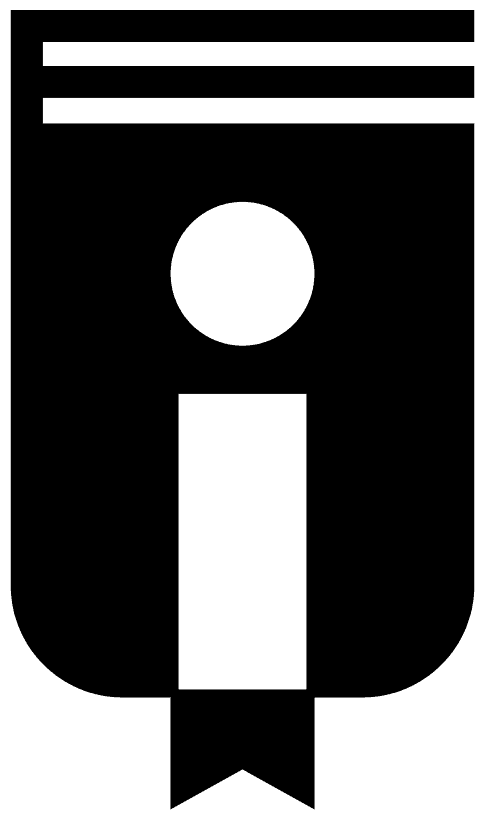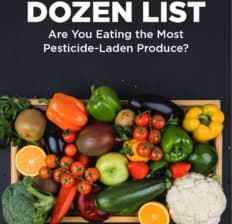This Dr. Axe content is medically reviewed or fact checked to ensure factually accurate information.
With strict editorial sourcing guidelines, we only link to academic research institutions, reputable media sites and, when research is available, medically peer-reviewed studies. Note that the numbers in parentheses (1, 2, etc.) are clickable links to these studies.
The information in our articles is NOT intended to replace a one-on-one relationship with a qualified health care professional and is not intended as medical advice.
This article is based on scientific evidence, written by experts and fact checked by our trained editorial staff. Note that the numbers in parentheses (1, 2, etc.) are clickable links to medically peer-reviewed studies.
Our team includes licensed nutritionists and dietitians, certified health education specialists, as well as certified strength and conditioning specialists, personal trainers and corrective exercise specialists. Our team aims to be not only thorough with its research, but also objective and unbiased.
The information in our articles is NOT intended to replace a one-on-one relationship with a qualified health care professional and is not intended as medical advice.
Dirty Dozen List: Are You Eating the Most Pesticide-Laden Produce? (Plus the Clean 15)
June 13, 2025

The Environmental Working Group (EWG) released its 2025 Dirty Dozen list, a “Shopper’s Guide to Pesticides in Produce,” and it serves as a solid reminder that we still have a lot of work to do when it comes to cleaning up the food system. This year, the report found that more than 75 percent of non-organic samples tested positive for at least one pesticide.
And get this: Topping the list on the basis of the level and toxicity of detected pesticides were green beans, spinach, bell peppers and hot peppers, kale, collard and mustard greens.
In addition, blueberries remain, and alarmingly, green beans (which landed just outside the Dirty Dozen in 2025) displayed residue of acephate, a toxic pesticide that was banned from use on green beans grown for food by the Environmental Protection Agency (EPA) more than a decade ago. Plus, blackberries and potatoes landed on the list as new additions in 2025.
Thankfully, EWG’s report also features a “Clean 15” list, which identifies the non-organic produce least likely to be contaminated with pesticide levels. It’s best to choose and grow organic as often as possible, but if you’re on a budget or your selection is limited, these lists help you focus your attention on avoiding the most contaminated fruits and veggies … because one thing is clear: Most of us need more vegetables and fruits in our diets.
Key findings of the report
EWG updated the guide’s ranking methodology to include the toxicity of pesticides detected on fruits and vegetables. Here are some of the key findings:
- The 2025 guide comes from data from 53,692 samples of 47 fruits and vegetables, with the U.S. Department of Agriculture (USDA) washing and testing the samples.
- The USDA and EWG found traces of 265 separate pesticides.
- Some of these pesticides have been banned by the EPA for a long, long time.
- Across all 12 Dirty Dozen items, 96 percent of samples had pesticides.
- 8 percent of green beans sampled were found to have pesticides, such as organophosphate insecticides, which can harm the central nervous system.
- Strawberries, apples, cherries, spinach, nectarines and grapes remain on the Dirty Dozen.
- There were 203 total pesticides found on Dirty Dozen produce.
- As noted, kale, collard greens and mustard greens, along with some peppers, had the most pesticides.
- Nearly 60 percent of the Clean 15 list samples had no detectable pesticides.
- Pineapple, avocado and sweet corn are among the cleanest produce.
- Only 16 percent of the Clean 15 samples had two or more pesticides.
- No sample from the first six Clean 15 items tested positive for more than three pesticides.
- Blackberries and potatoes are new additions to the Dirty Dozen.
- Cauliflower and bananas were added to the Clean 15 in 2025.
- Nearly all samples of produce on the Dirty Dozen had pesticide residues, including new entries potatoes and blackberries.
- 93 percent of blackberry samples had detectable pesticides, with an average per sample of four pesticides, a combination of fungicides and insecticides.
- Almost 90 percent of potato samples contained chlorpropham. Europe removed chlorpropham from its approved list in 2019 after a 2017 study found risks to consumers and workers from its use and presence on food, primarily potatoes.
- Avocado, papaya, pineapples, onion and sweet corn are among the fruit and vegetables with the lowest rankings, including overall toxicity.
- No sample from the top six Clean 15 items had residues of more than three pesticides.
- Bananas, new to the Clean 15, were among the fruits and vegetables with lowest overall pesticide toxicity.
- Samples of all types of Dirty Dozen produce, except cherries, showed more than 50 pesticides.
- Every item on the Dirty Dozen, except potatoes, had on average four or more pesticides detected on individual samples. Potatoes had two, on average.
- The pesticide cypermethrin, classified as a possible human carcinogen by the EPA, was detected on just over half of conventional blackberry samples.

Image via Environmental Working Group
Dirty Dozen list and Clean 15 list
EWG’s Dirty Dozen
- Spinach
- Strawberries
- Kale, collards and mustard greens
- Grapes
- Peaches
- Cherries
- Nectarines
- Pears
- Apples
- Blackberries
- Blueberries
- Potatoes

Image via Environmental Working Group
Additionally, hot and bell peppers, along with green beans, landed just outside the Dirty Dozen.
EWG’s Clean 15
The Clean 15 list includes produce that is least likely to be contaminated by pesticides.
Here’s the Clean 15 List:
- Pineapple
- Sweet corn (fresh and frozen)
- Avocados
- Papaya
- Onions
- Sweet peas (frozen)
- Asparagus
- Cabbage
- Watermelon
- Cauliflower
- Bananas
- Mangoes
- Carrots
- Mushrooms
- Kiwi

Image via Environmental Working Group
In 2025, EWG also released a full ranking of the 47 fruits and veggies it tested. The rankings are in order of cleanest to dirtiest, aka the ones with the fewest pesticides to the ones with the most.
Nos. 1-15 make up the Clean 15, while Nos. 36-47 are the Dirty Dozen. That means produce ranked 16-35 were in the middle.
Here is the full list of all 47 foods:
- Pineapple
- Sweet corn (fresh and frozen)
- Avocados
- Papaya
- Onions
- Sweet peas (frozen)
- Asparagus
- Cabbage
- Watermelon
- Cauliflower
- Bananas
- Mangoes
- Carrots
- Mushrooms
- Kiwi
- Broccoli
- Cantaloupe
- Sweet potatoes
- Snap peas
- Eggplant
- Grapefruit
- Oranges
- Raspberries
- Summer squash
- Tomatillos
- Cherry tomatoes
- Tomatoes
- Plums
- Winter squash
- Lettuce
- Celery
- Cucumbers
- Tangerines
- Green beans
- Bell and hot peppers
- Potatoes
- Blueberries
- Blackberries
- Apples
- Pears
- Nectarines
- Cherries
- Peaches
- Grapes
- Kale, collards and mustard greens
- Strawberries
- Spinach
Fungicides in the Dirty Dozen
Fungicides are among the most prevalent pesticides found on the Dirty Dozen, such as:
- fludioxonil
- pyraclostrobin
- boscalid
- pyrimethanil
These may pose risks to humans, particularly to hormonal balance.
Fludioxonil is problematic because this fungicide is linked to breast cancer since it acts like estrogen. It also can have harmful effects to male reproduction. Pyrimethanil has been found to potentially block androgen receptors and lead to thyroid disruptions.
There is animal research that shows pyraclostrobin may be associated with liver toxicity in and metabolic disorders. Boscalid has been linked to cancer, thyroid issues and hormone disruptions in animal studies.
Worrisome side of citrus
EWG also has raised red flags when it comes to non-organic citrus over the years, even though citrus didn’t land on the Dirty Dozen list. The organization found that almost 90 percent of citrus samples analyzed in 2020 tested positive for imazalil, a fungicide that can interfere with hormone levels. The EPA dubbed this fungicide a “likely human carcinogen.”
USDA’s own 2019 testing looking at tangerines found more than 95 percent tested positive for imazalil, too.
This underscores the fact that we need to be concerned about not just the number of different pesticides on and in our food, but the potency and danger level of the chemicals, too.
EWG also performed independent pesticide testing on citrus fruits and found imazalil, a fungicide linked to cancer and hormone disruption, in nearly 90 percent of samples. It’s important to note that the chemical was detected on peeled oranges and found at levels almost 20 times higher than EWG’s recommended limit to protect children’s health.

Watch out for adulterated raisins
Generally, EWG focuses on test results from USDA’s fresh produce testing, but back in 2020, EWG included the dried fruit in its rankings.
What the organization found is startling and all the more reason to reach for organic when you’re shopping for raisins. Raisins scored worse than strawberries, nectarines, apples and cherries. In fact, 99 percent of raisins contained at least two pesticides, according to the 2020 version of the report.
Interestingly, pesticides were even found on organic raisins, prompting researchers to note that prunes tend to have lower pesticide residues than both conventional and organic raisins.
Dirty Dozen food chemicals
In addition to the Dirty Dozen produce list, EWG also unveiled its “Dirty Dozen Guide to Food Chemicals: The top 12 to avoid” list.
“Almost 99 percent of food chemicals introduced since 2000 were greenlighted for use by food and chemical companies, rather than properly reviewed by the Food and Drug Administration. Many of these widely used chemicals are associated with major health harms, including increased risk of cancer, developmental harm and hormone disruption.
“These substances end up in what we eat, thanks to a legal loophole that allows foods to be classified as “’generally recognized as safe.’ It’s a loophole food and chemical companies have exploited for decades – it means that instead of the FDA determining which food chemicals are safe to consume, the manufacturers of those substances decide.
Here are the top 12 food chemicals EWG recommends avoiding:
- Potassium bromate
- Propyl paraben
- Butylated hydroxyanisole (BHA)
- Butylated hydroxytoluene (BHT)
- Titanium dioxide
- Seven artificial dyes
- Aspartame
- Azodicarbonamide (ADA)
- Propyl gallate
- Sodium benzoate
- Brominated vegetable oil (BVO)
- Sodium nitrite
Others to be concerned about include artificial sweeteners, tert-butylhydroquinone (TBHQ), nitrates, nitrites, forever chemicals (PFAS) and heavy metals.
“Despite the abundance of science linking exposure to pesticides with serious health issues, a potentially toxic cocktail of concerning chemicals continues to taint many of the non-organic fruits and vegetables eaten by consumers,” said Alexis Temkin, Ph.D., EWG toxicologist.
“Everyone – adults and kids – should eat more fruits and vegetables, whether organic or not,“ Temkin said. “A produce-rich diet provides many health benefits.
“But in the ongoing absence of meaningful federal oversight, consumers concerned about pesticide exposure can use EWG’s Shopper’s Guide to Pesticides in Produce to navigate the produce aisle in ways that work best for them and their families.”
Meanwhile, Consumer Reports did its own analysis of plastic chemicals hiding in food and found some disturbing results. Testing at 85 foods, including prepared meals, fruits and vegetables, dairy products, baby food, fast food, meat and seafood, Consumer Reports found “notably lower” levels of BPA than its testing from 2009, though 79 percent of samples tested did have BPA and other bisphenols present.
Unfortunately, the news was far worse on phthalates. They were present in every food except one tested, and there were much higher levels of phthalates than bisphenols.
This is troubling because, as Consumer Reports noted, “one of the most well-studied phthalates is called DEHP. Studies have linked it to insulin resistance, high blood pressure, reproductive issues, early menopause, and other concerns at levels well below the limits set by American and European regulators. It was the most common phthalate that we found in our tests, with more than half of the products we tested having levels above what research has linked to health problems.”
The toxic plastic chemicals were found in many sugar-laden beverages, canned beans, condiments, dairy products, fast food items, grains, infant food, meat and poultry, packed fruits and vegetables, prepared meals, and seafood.
How to avoid pesticides in produce
1. Wash produce thoroughly
Even if you’re buying organic, it’s always a good idea to wash fruits and vegetables under running water. This helps remove dirt, bacteria and at least some of the pesticide residues from the surface.
For produce with thicker skins, like apples or cucumbers, using a clean produce brush can be especially effective. While washing doesn’t eliminate all pesticides, particularly those that have been absorbed, it’s still one of the easiest first steps you can take.
2. Buy organic
Choosing organic produce is one of the most effective ways to reduce your exposure to pesticides. Organic farming prohibits the use of most synthetic pesticides and herbicides, particularly those known to leave heavy residues.
If you’re on a budget, prioritize buying organic versions of the Dirty Dozen.
3. Use natural produce wash
A natural soak can help reduce pesticide residues even further. Try soaking fruits and vegetables in a solution of baking soda and water (about one teaspoon of baking soda per two cups of water) for 12-15 minutes.
You can also use a diluted vinegar solution (one part vinegar to three parts water), but be sure to rinse thoroughly afterward to remove any lingering taste.
4. Support farmers using sustainable practices
Look for local farmers who use Integrated Pest Management (IPM) or other eco-friendly growing methods. These practices minimize pesticide use by relying on beneficial insects, crop rotation and other sustainable techniques.
You can often ask about these practices at farmers markets or check your local farm directories to find growers who prioritize low-chemical agriculture.
5. Peel when appropriate
For produce with edible skins, peeling can remove a significant portion of pesticide residues. Apples, cucumbers and potatoes are common examples.
However, keep in mind that the skin often contains fiber, antioxidants and nutrients, so only peel when necessary, like when you can’t buy organic or when washing alone isn’t sufficient.

Image via Environmental Working Group
6. Grow fruits and vegetables yourself
One of the most rewarding and reliable ways to avoid pesticides is to grow your own fruits, vegetables and herbs. Whether you have a backyard garden or a few pots on a balcony, even small-scale home gardening gives you full control over how your food is grown. Plus, it’s cost-effective and deeply satisfying.
7. Shop the Clean 15
When organic options aren’t available or affordable, choose conventionally grown produce from the EWG’s Clean 15 list. These fruits and vegetables are consistently found to have the lowest levels of pesticide residues.
Items like avocados, pineapples, sweet corn and onions often fall into this category and are safer to buy.
8. Stay informed
Pesticide levels in produce can change from year to year, so it’s helpful to consult the EWG’s annual “Shopper’s Guide to Pesticides in Produce.” This resource is updated regularly based on fresh USDA data and helps you make informed decisions when grocery shopping.
9. Buy local and in-season
Produce grown in season is generally healthier and may require fewer chemical treatments. When you shop locally at farmers markets, you’re more likely to find produce that was harvested recently and hasn’t traveled long distances.
This not only supports small farms, but may also reduce your exposure to post-harvest pesticides used during storage and transport. Eating seasonally is also part of following a sustainable diet plan.
10. Diversify produce
Eating a wide variety of fruits and vegetables is not just good for your health; it also minimizes the chance of being exposed repeatedly to the same pesticide residues. Variety in your diet spreads the risk across different foods and maximizes your intake of diverse nutrients and plant compounds.




